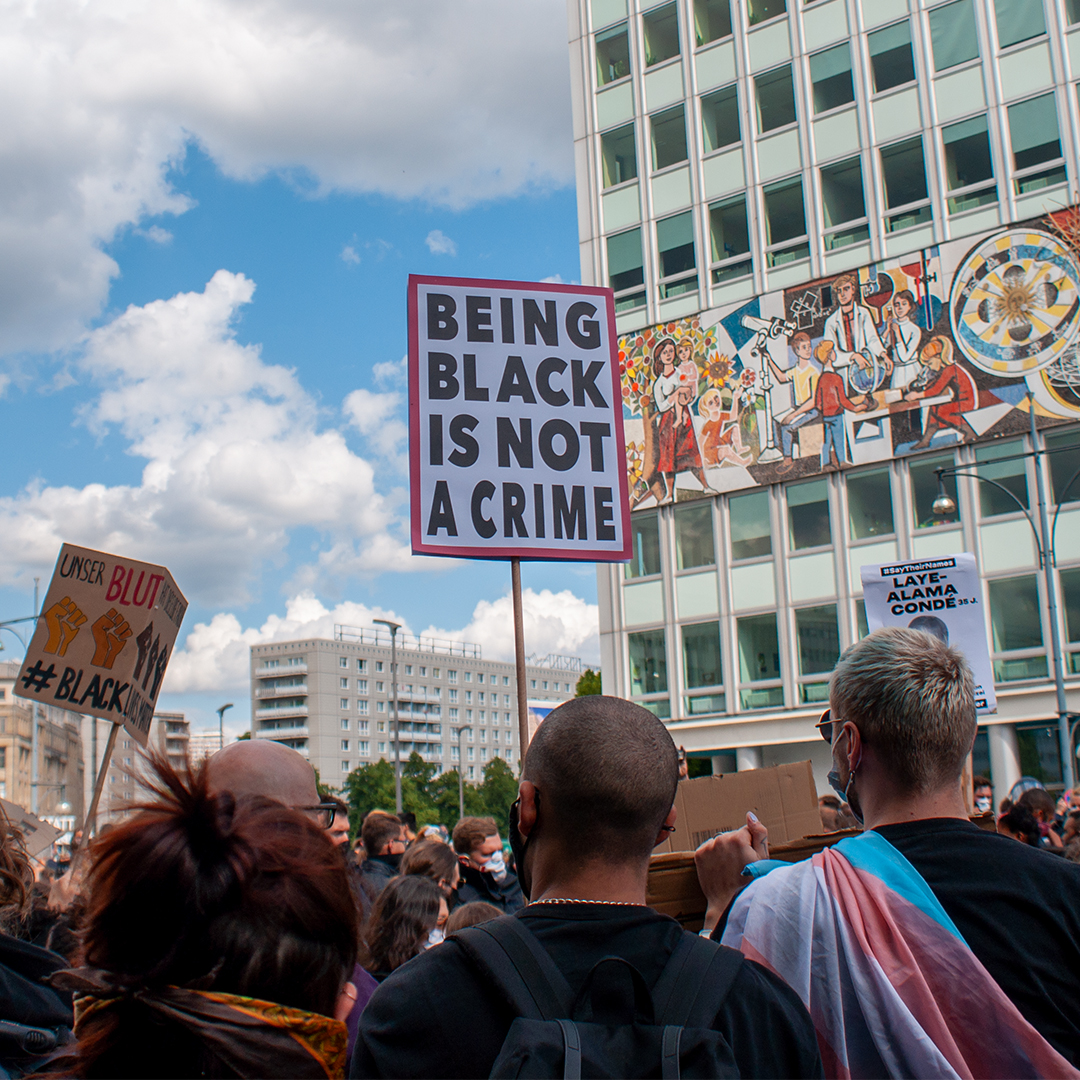Rebellious Daughters of History #19
by Judy Cox

Suffragist, Socialist, Republican, Communist: Charlotte Despard (1844-1939)
Charlotte French was born in Kent in 1844. When she was ten her father died and her mother was committed to an asylum.
In 1870, Charlotte met Maximilian Carden Despard, a wealthy businessman. When he died in 1890, Charlotte dedicated her life to fighting for socialism. In 1894 Charlotte was elected as a Poor Law Guardian in Lambeth.
She joined the Social Democratic Federation and later the Independent Labour Party. She became friends with Eleanor Marx and was a delegate to the Second International in London in 1896. She campaigned against the Boer War as a “wicked war of this Capitalistic government”
Charlotte joined the Women’s Social and Political Union (WSPU). On 23rd October, 1906, Charlotte was arrested during a protest meeting at the House of Commons. In 1907 she was imprisoned twice in Holloway Prison.
Despard spent time in Ireland and in 1908 she helped to form the Irish Women’s Franchise League.
In 1909 she met Gandhi and, influenced by his theory of passive resistance, Charlotte and 70 others left the WSPU to form the Women’s Freedom League (WFL). The WFL was a militant but non-violent. From 1912 to 1921, Charlotte had an intense, passionate relationship with Kate Harvey, another pacifist feminist.
Charlotte supported the workers during the Dublin lock out of 1913. She was a tireless and courageous opponent of World War One. In 1918, when women finally won the vote, Charlotte became the Labour Party candidate for Battersea but was defeated.
In 1920 Despard toured Ireland, collecting first-hand evidence of army and police atrocities and helped to set up the Women’s Prisoners’ Defence League to support republican prisoners. Charlotte became involved in the Sinn Fein campaign for a united Ireland.
In 1930 Charlotte toured the Soviet Union and joined the Communist Party of Great Britain and became secretary of the Friends of Soviet Russia organization. She was an active anti-fascist and powerful public speaker.
Charlotte Despard died on 10th November 1939, after a fall in her new house near Belfast.

Resistance, civil rights and stardom: Josephine Baker (1906 – 1975)
Josephine Baker, who spent most of her life in Paris, was a celebrated performer at the Folies Bergère in Paris. Her performances caused a sensation and she became an icon of the Jazz Age.
Josephine renounced her U.S. citizenship and became a French national after her marriage to French industrialist Jean Lion in 1937. She raised her children in France.
She aided the French Resistance during World War II and was awarded the Croix de guerre by the French military, and was named a Chevalier of the Légion d’honneur by General Charles de Gaulle.
Baker supported the Civil Rights Movement during the 1950s. On a visit to New York Josephine and her husband were refused reservations at 36 hotels and she wrote articles about the segregation in the United States. She also began traveling into the South and giving talks on “France, North Africa And The Equality Of The Races In France”.
She refused to perform for segregated audiences in the United States. Her insistence on mixed audiences helped to integrate live entertainment shows in Las Vegas. She received threatening phone calls from the Ku Klux Klan but said she was not afraid of them.
Josephine worked with the NAACP and was presented with life membership. In 1963, she spoke at the March on Washington at the side of Rev. Martin Luther King Jr. While wearing her Free French uniform, she introduced the ‘Negro Women for Civil Rights’.
In her powerful speech, Josephine said:
‘I have walked into the palaces of kings and queens and into the houses of presidents. And much more. But I could not walk into a hotel in America and get a cup of coffee, and that made me mad. And when I get mad, you know that I open my big mouth. And then look out, ’cause when Josephine opens her mouth, they hear it all over the world.’
Josephine continued to perform throughout her life. On 8 April 1975, Baker starred in a revue, celebrating 50 years in show business and won rave reviews. Four days later, Baker was found lying in bed. She died aged 68 on 12 April 1975.













































































































